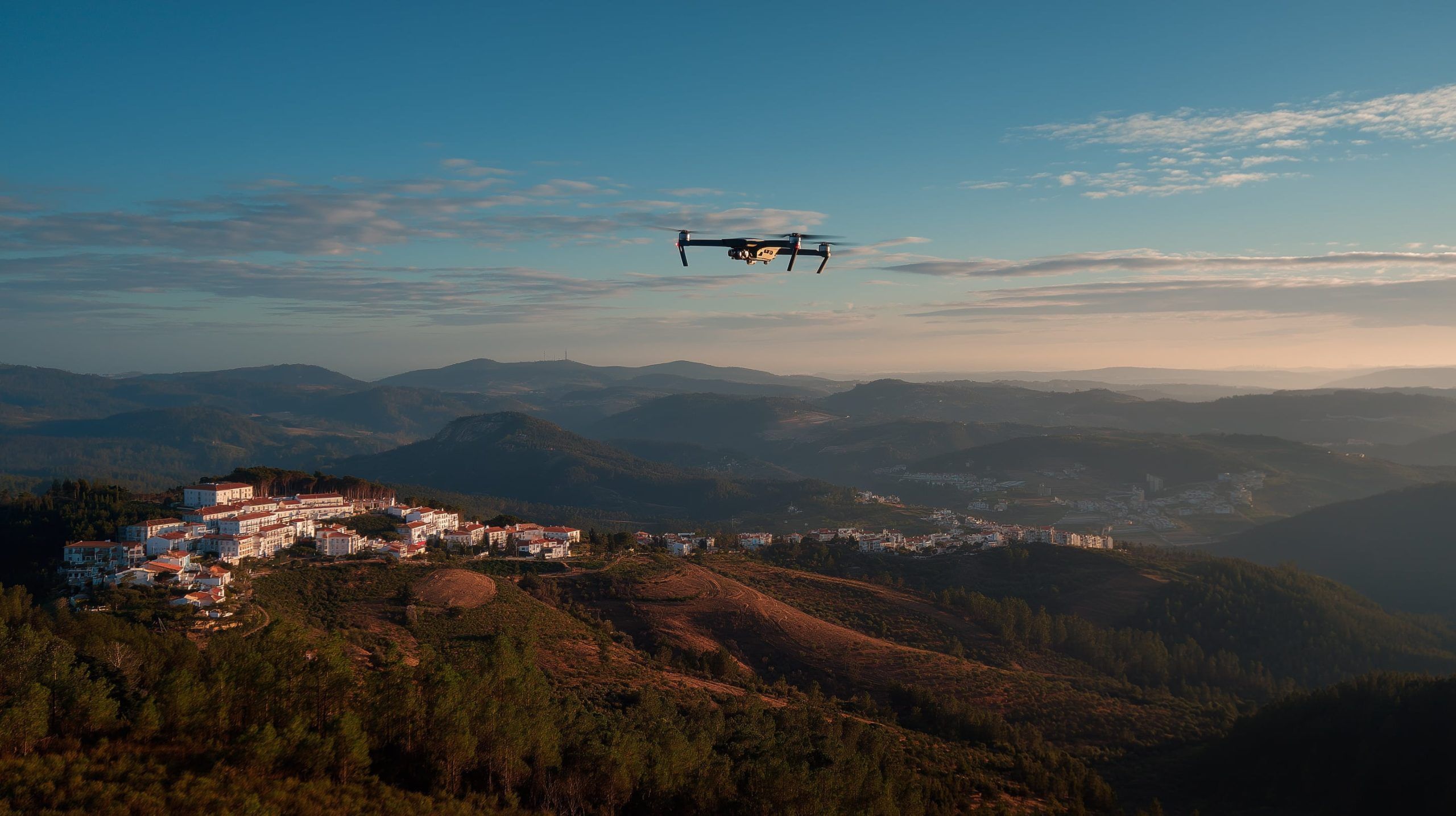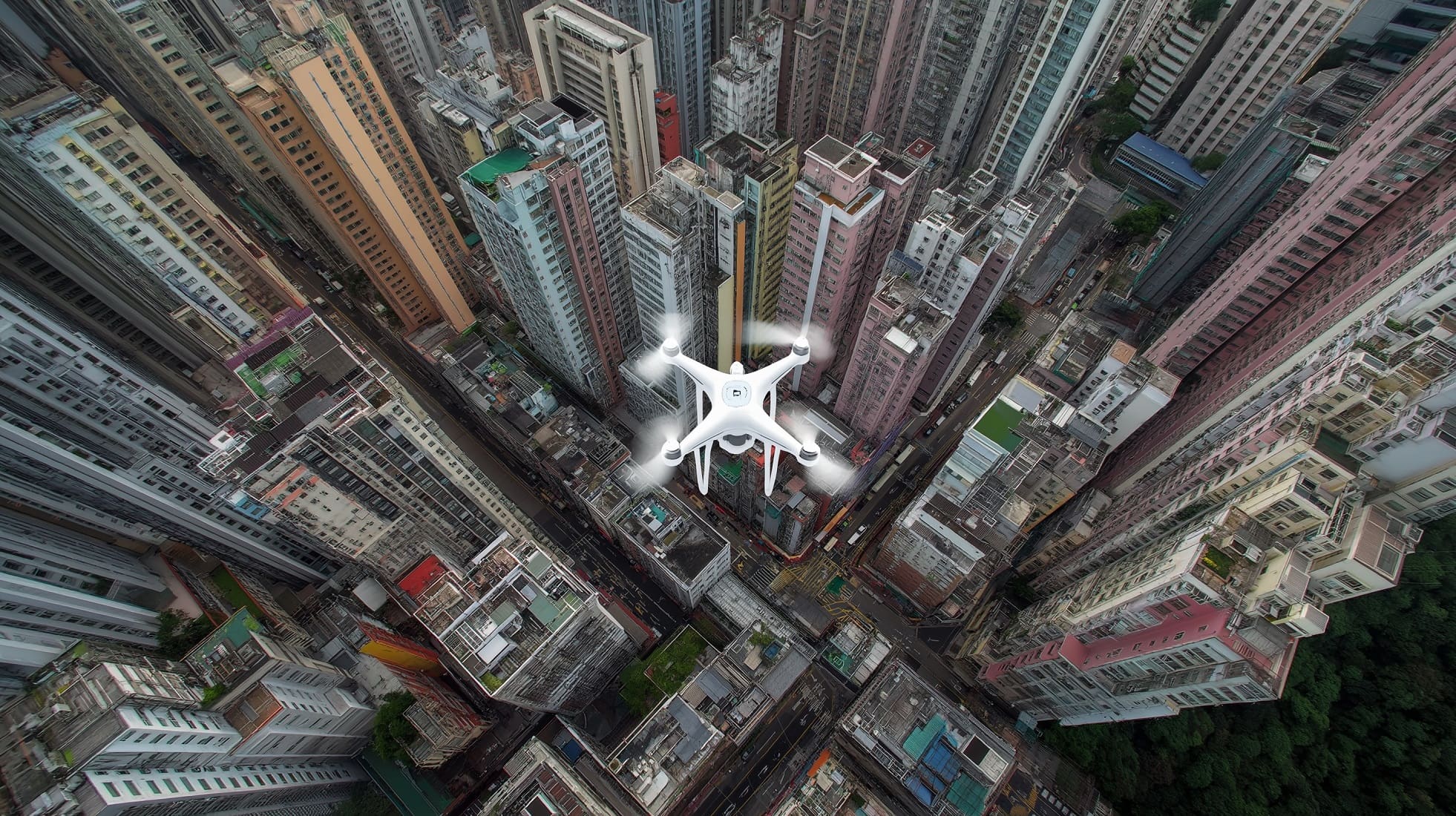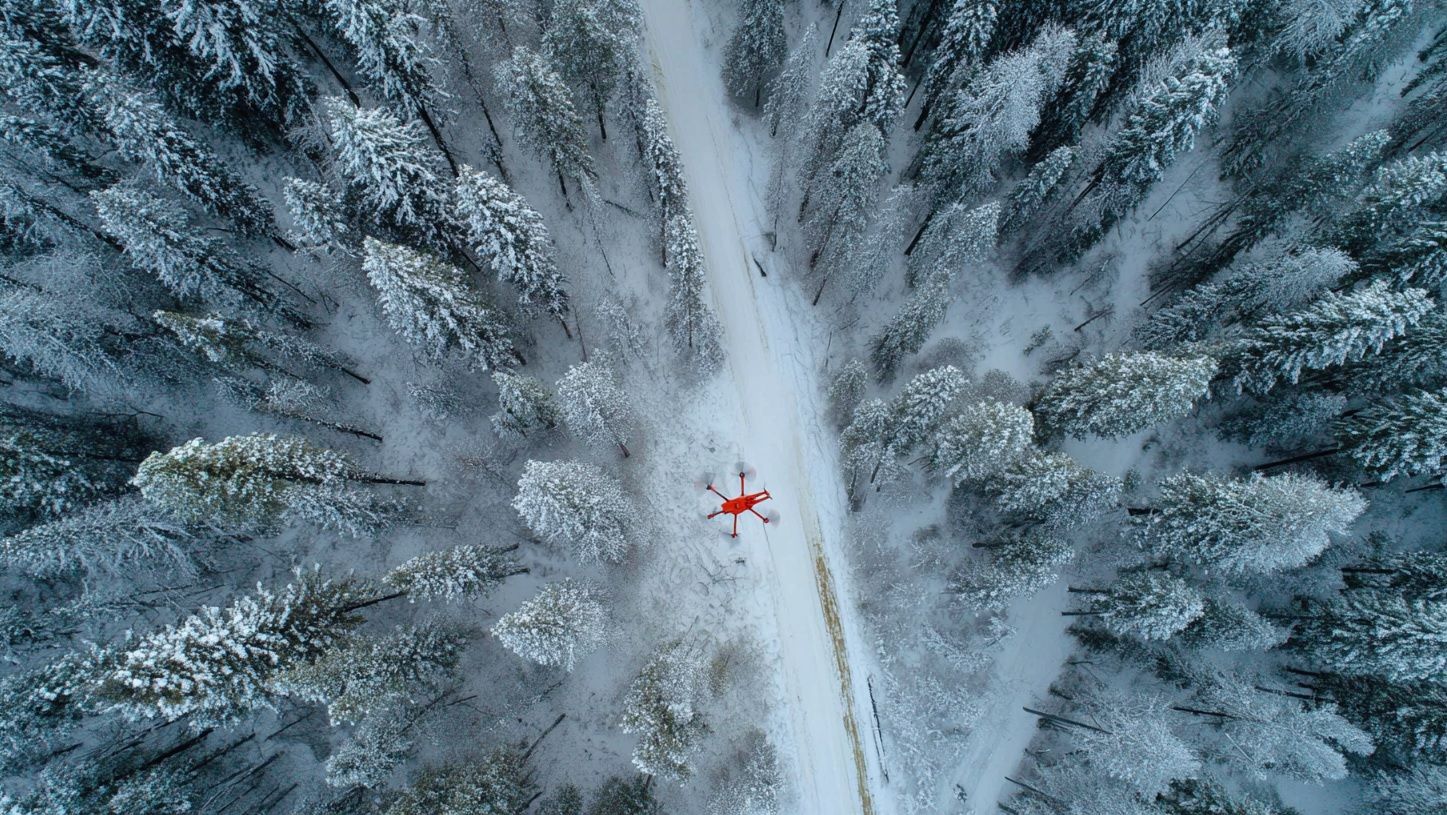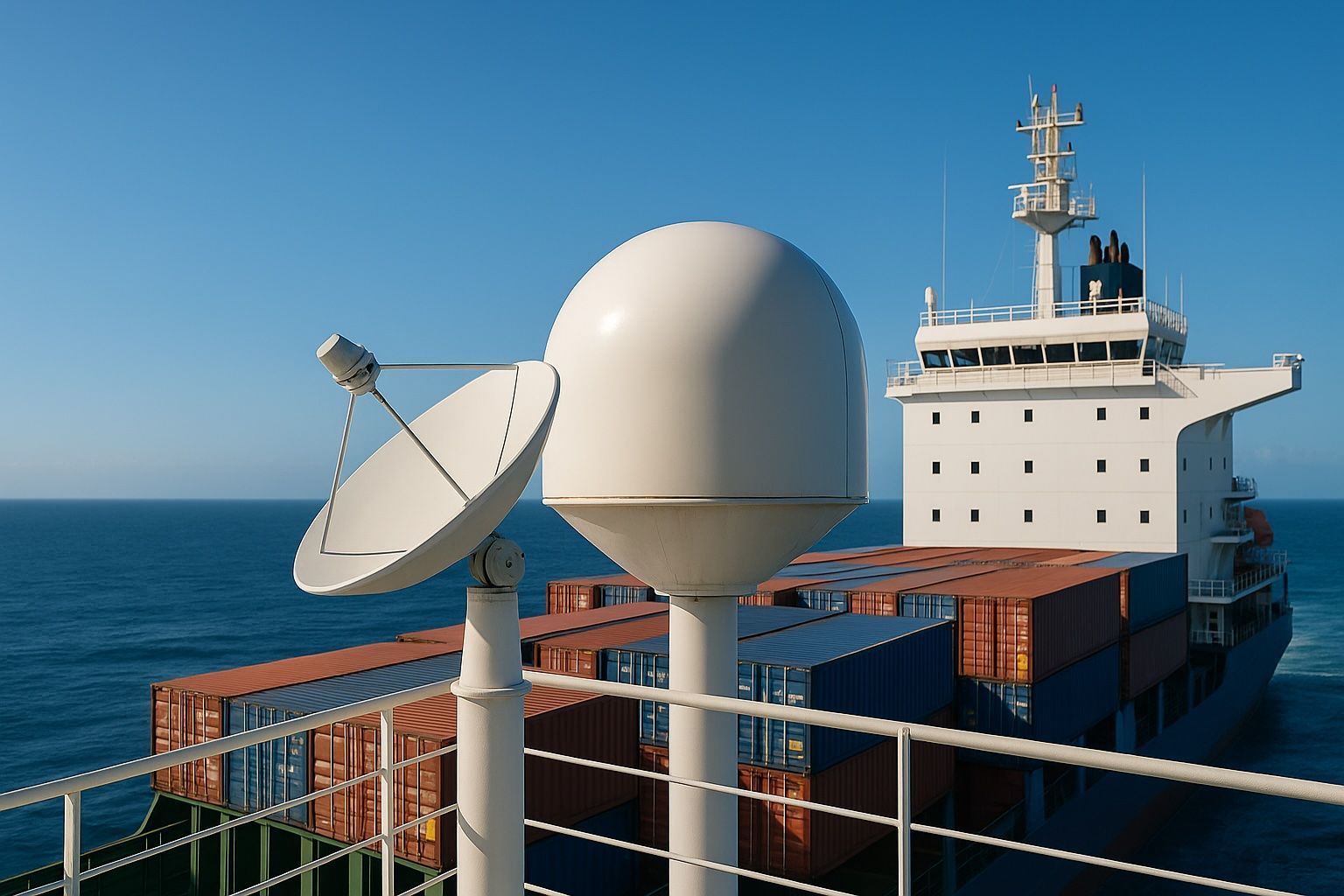
How to Invest in Crypto in 2025: A Step‑by‑Step Guide to Bitcoin, Ethereum, ETFs, and Safer Storage
Bitcoin’s 2025 ride has been a reminder that “mainstream” doesn’t mean “stable.” Prices have swung sharply this year—Euronews noted Bitcoin’s October high around $125,000 and early‑December moves around the mid‑$80,000s to low‑$90,000s—while Ethereum and other major tokens have also faced










